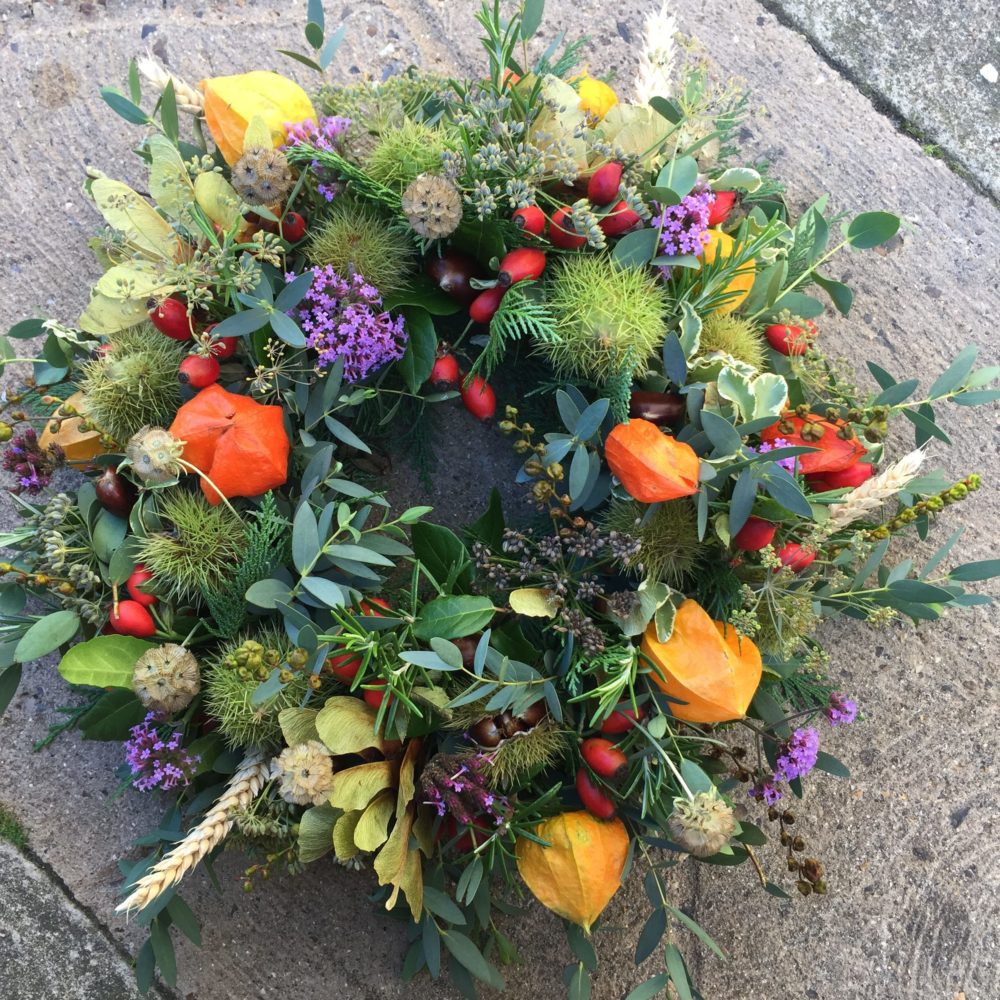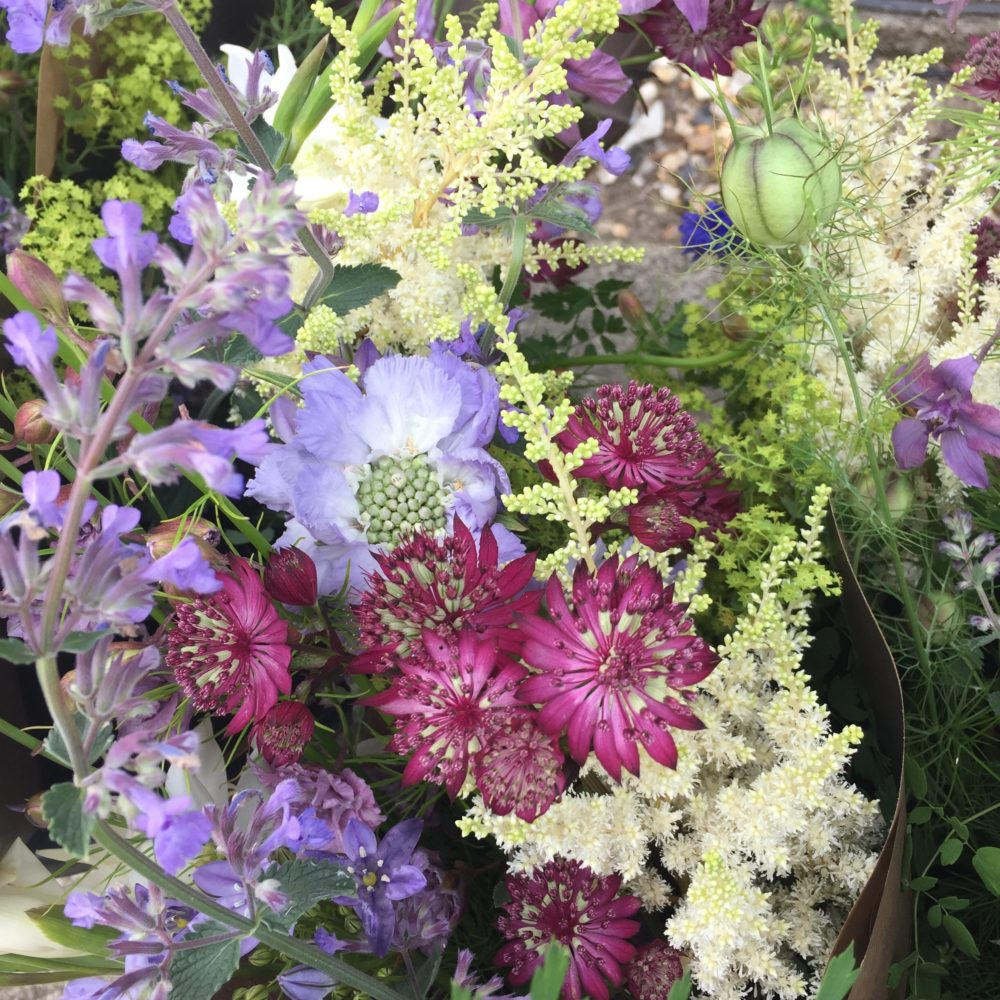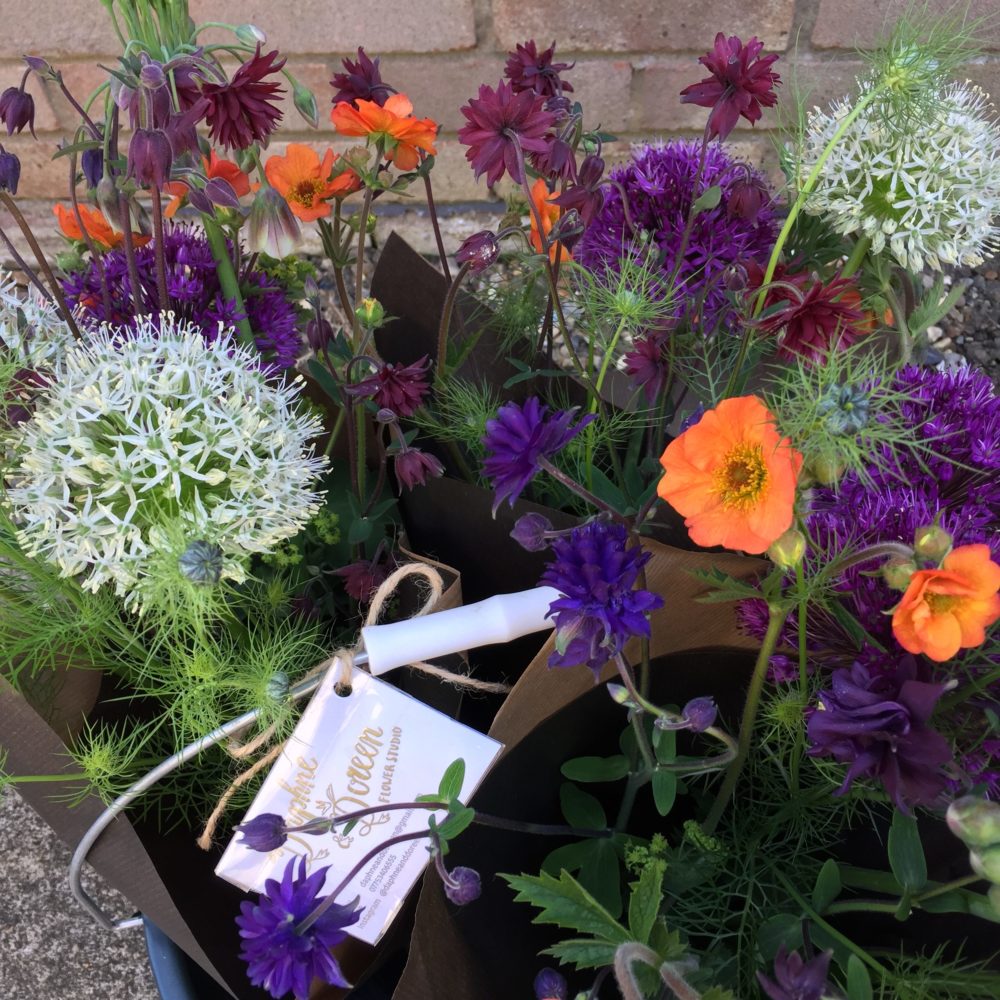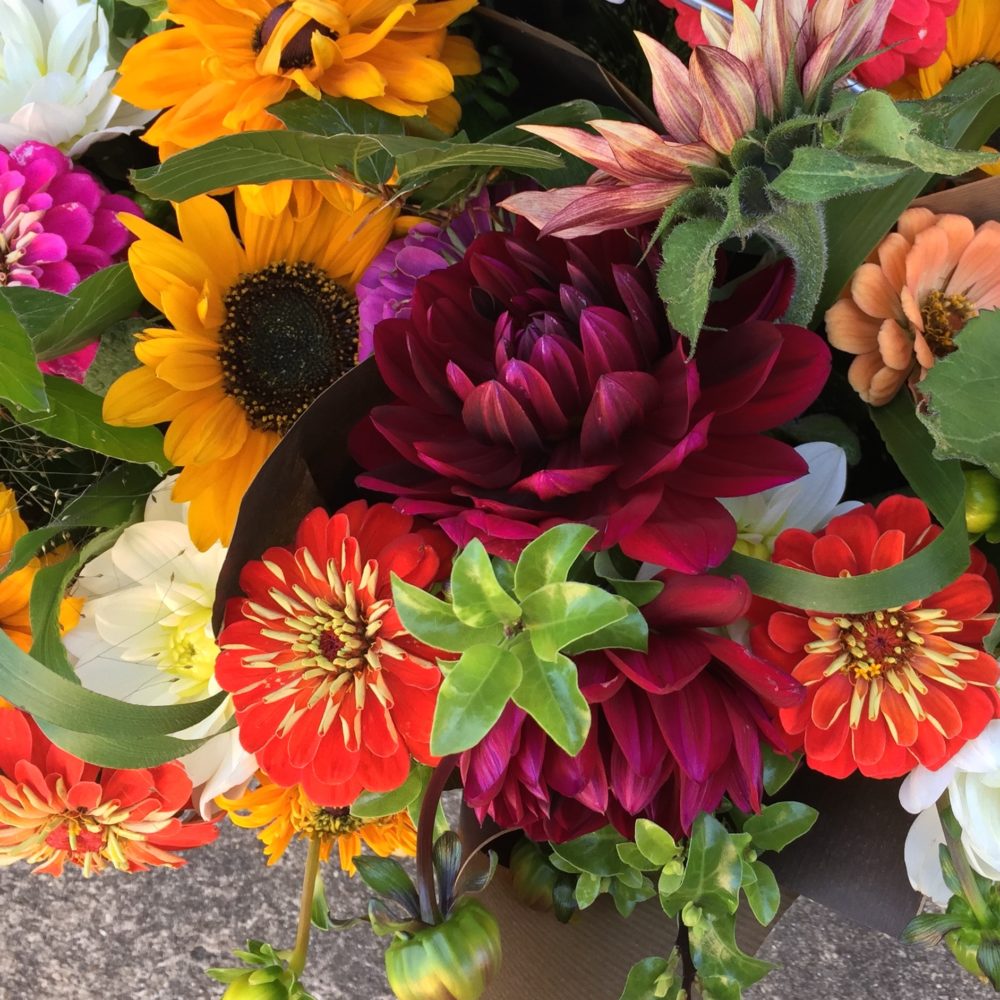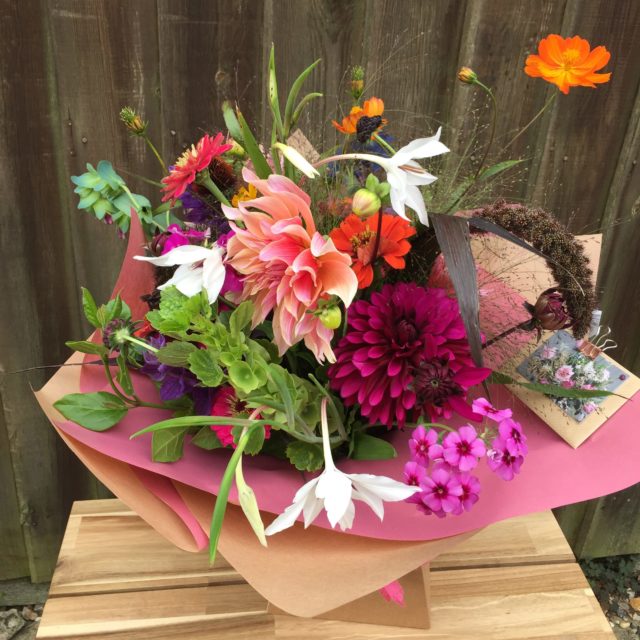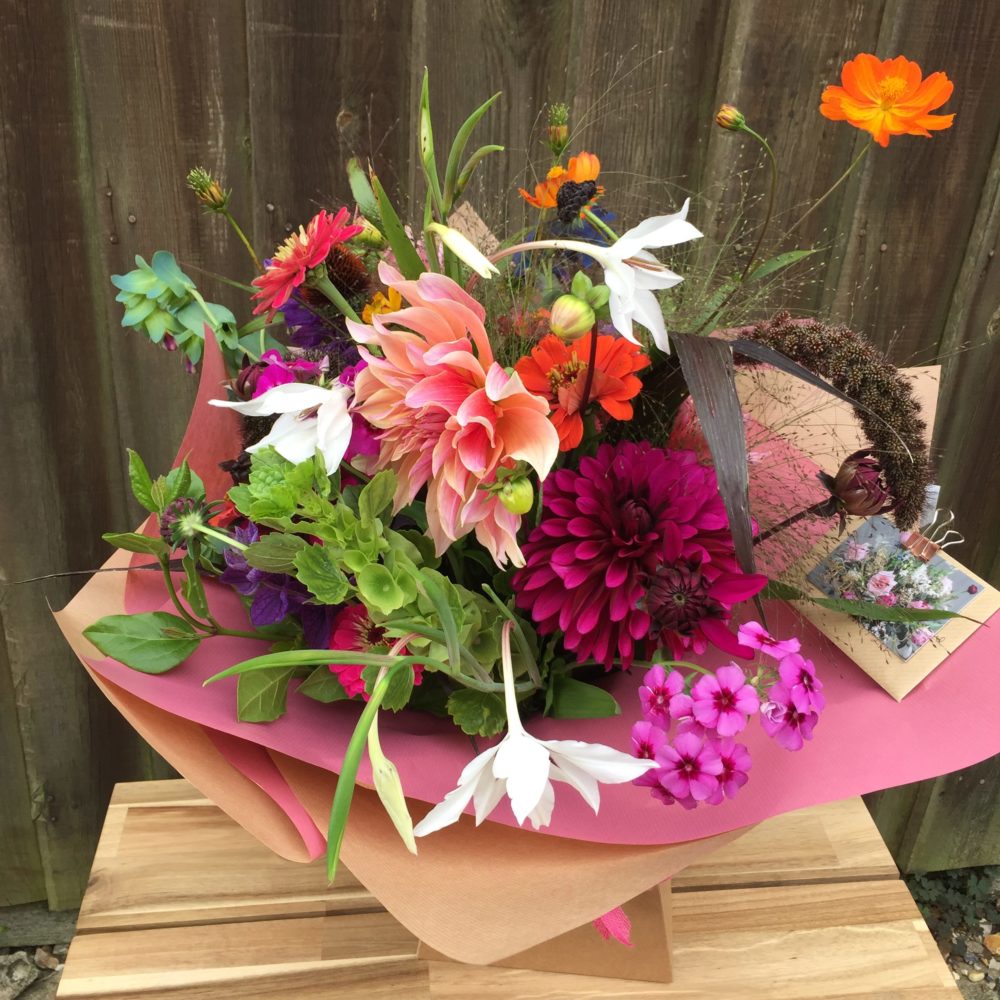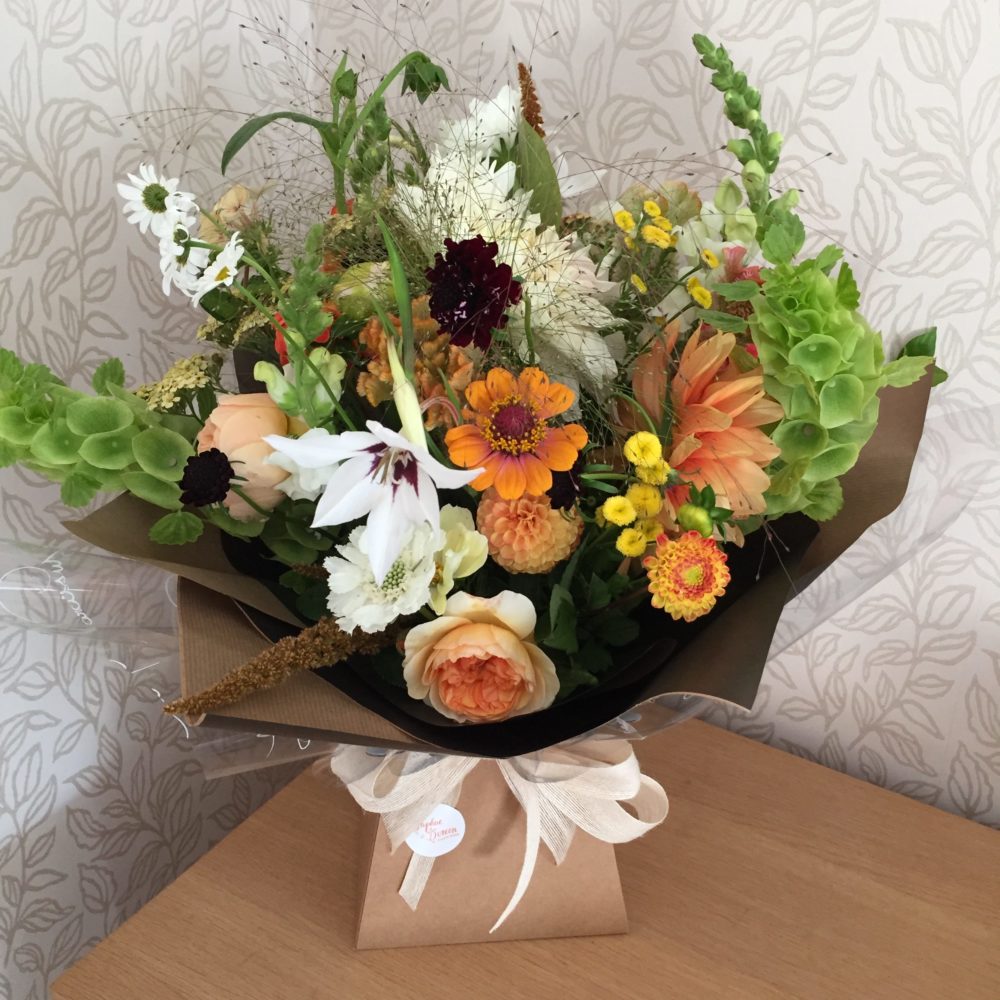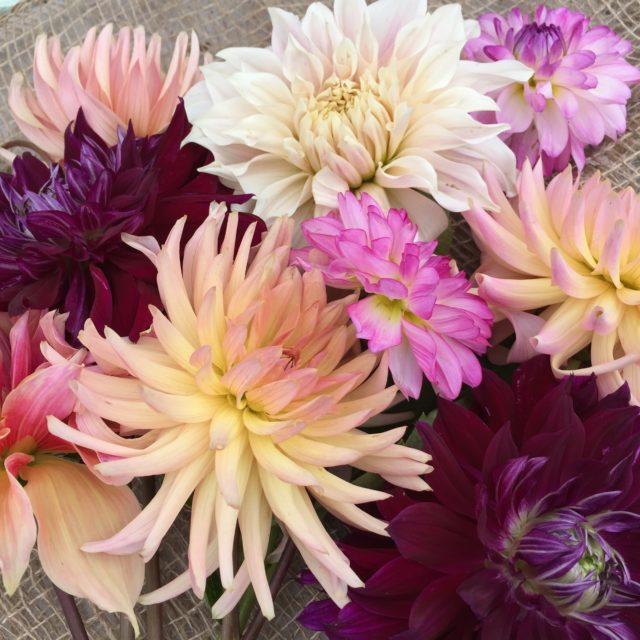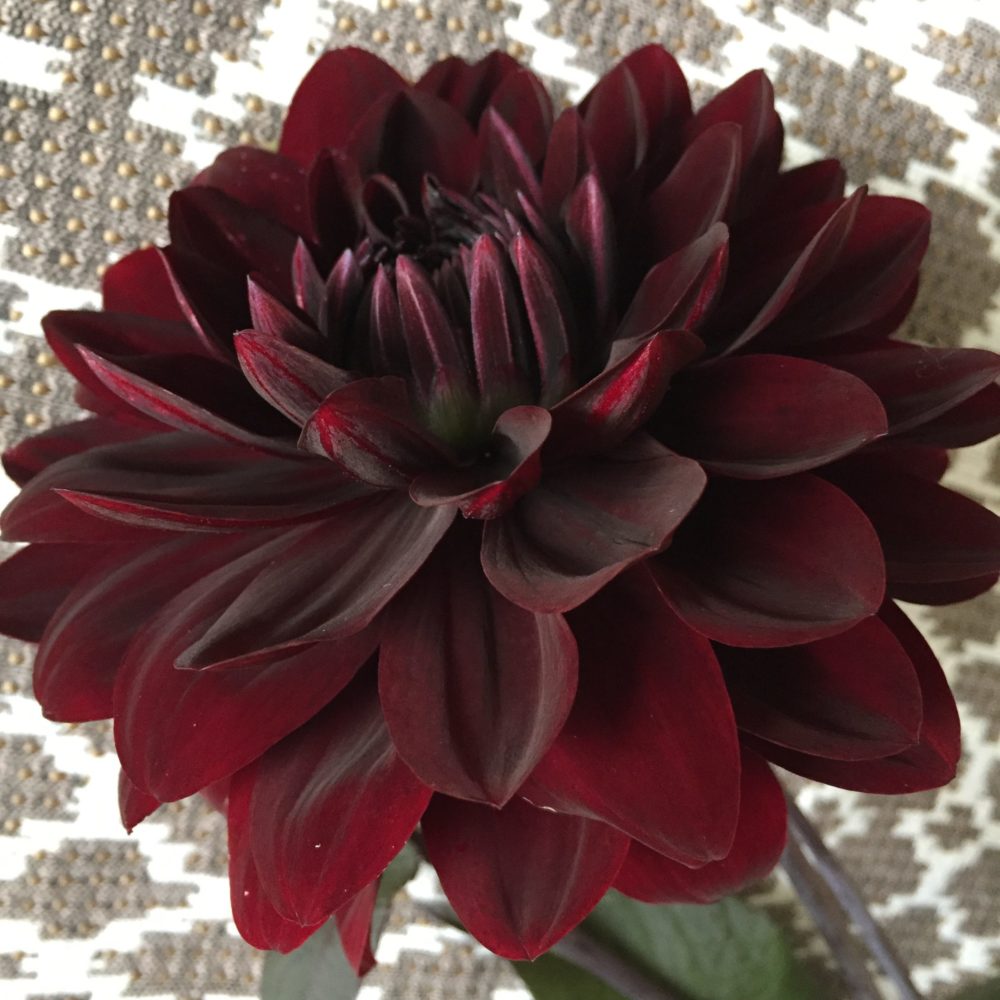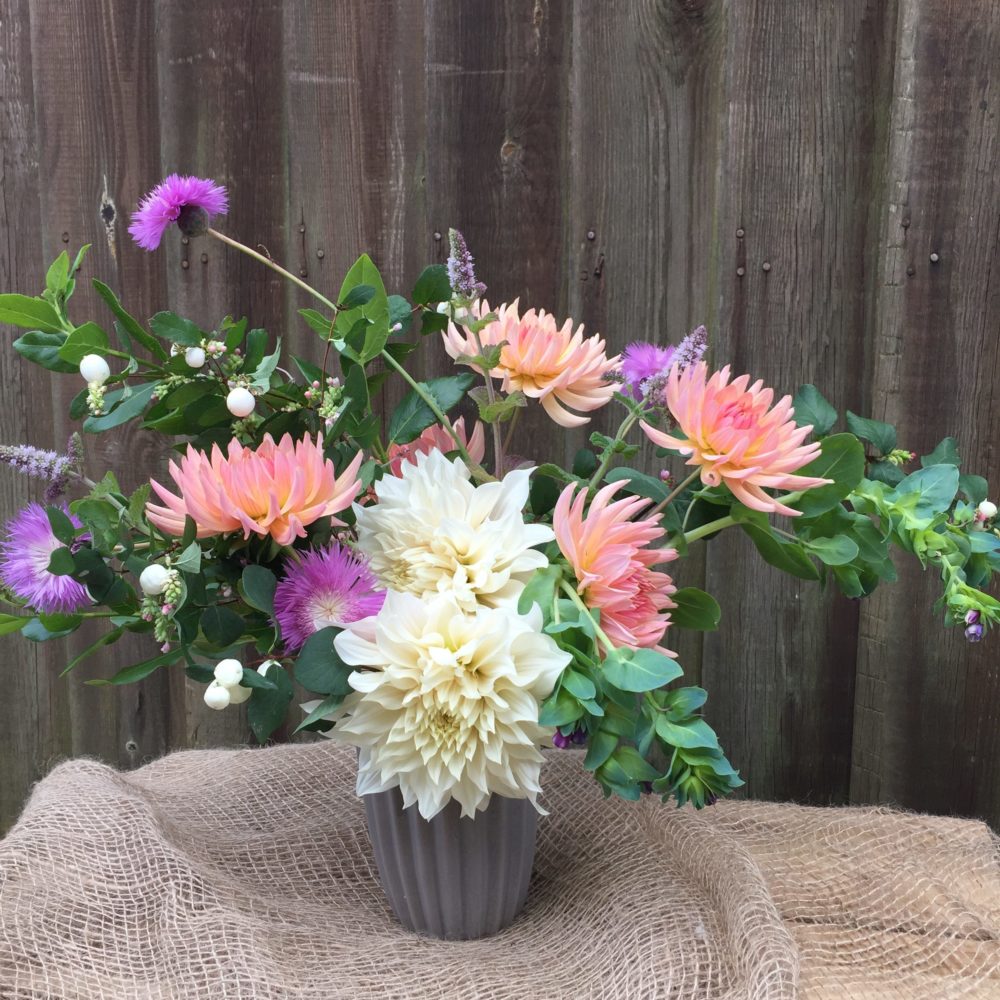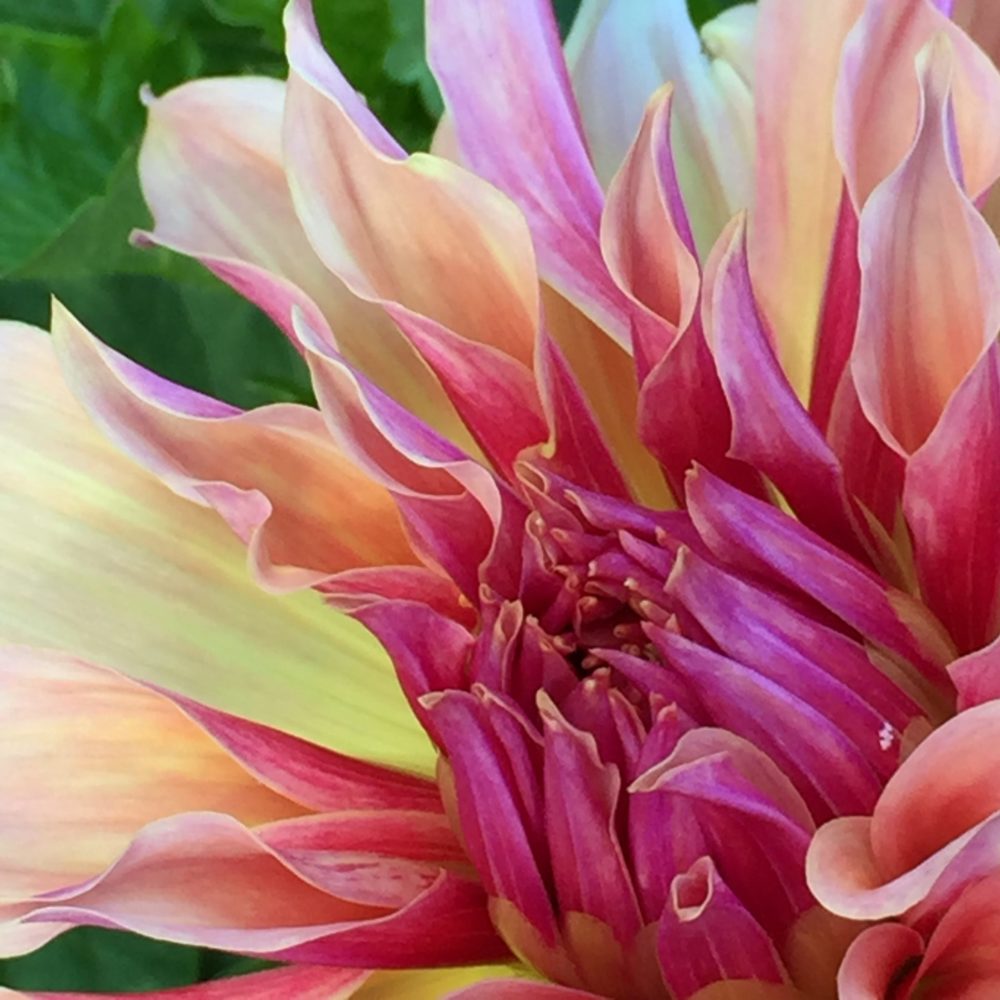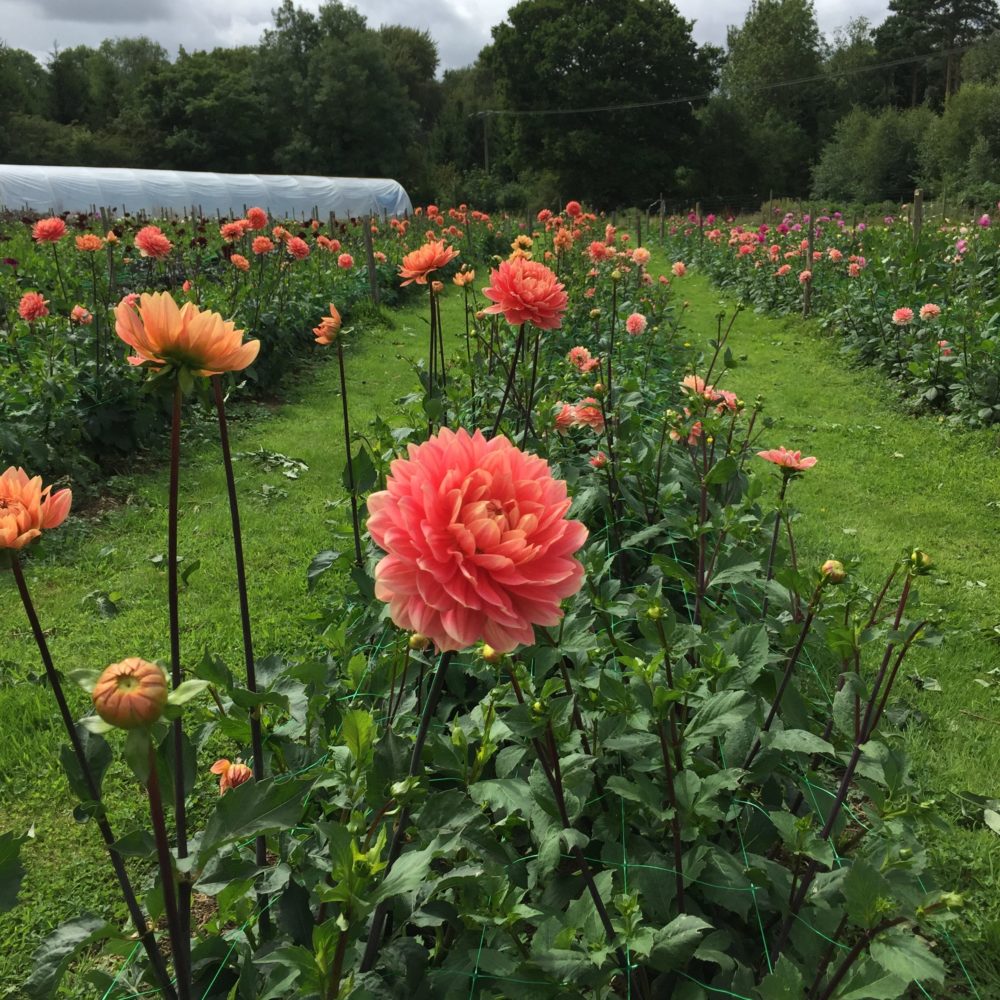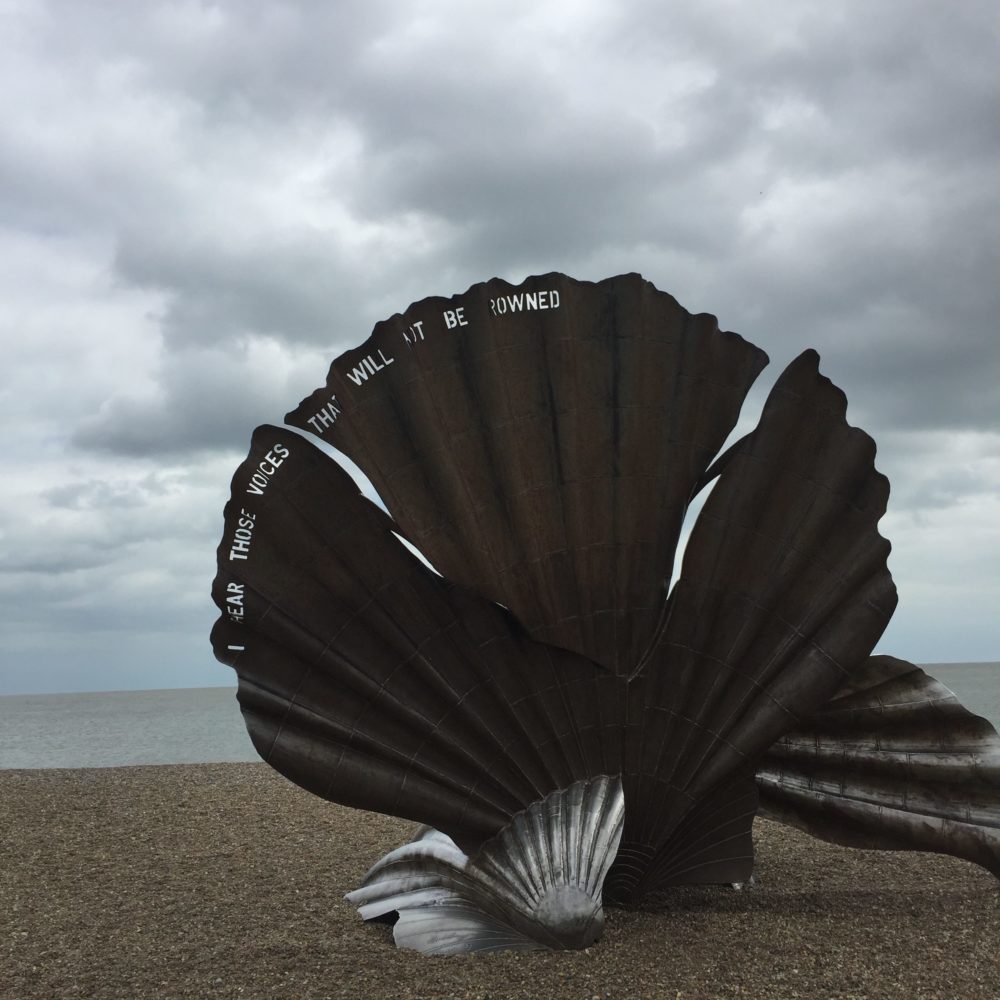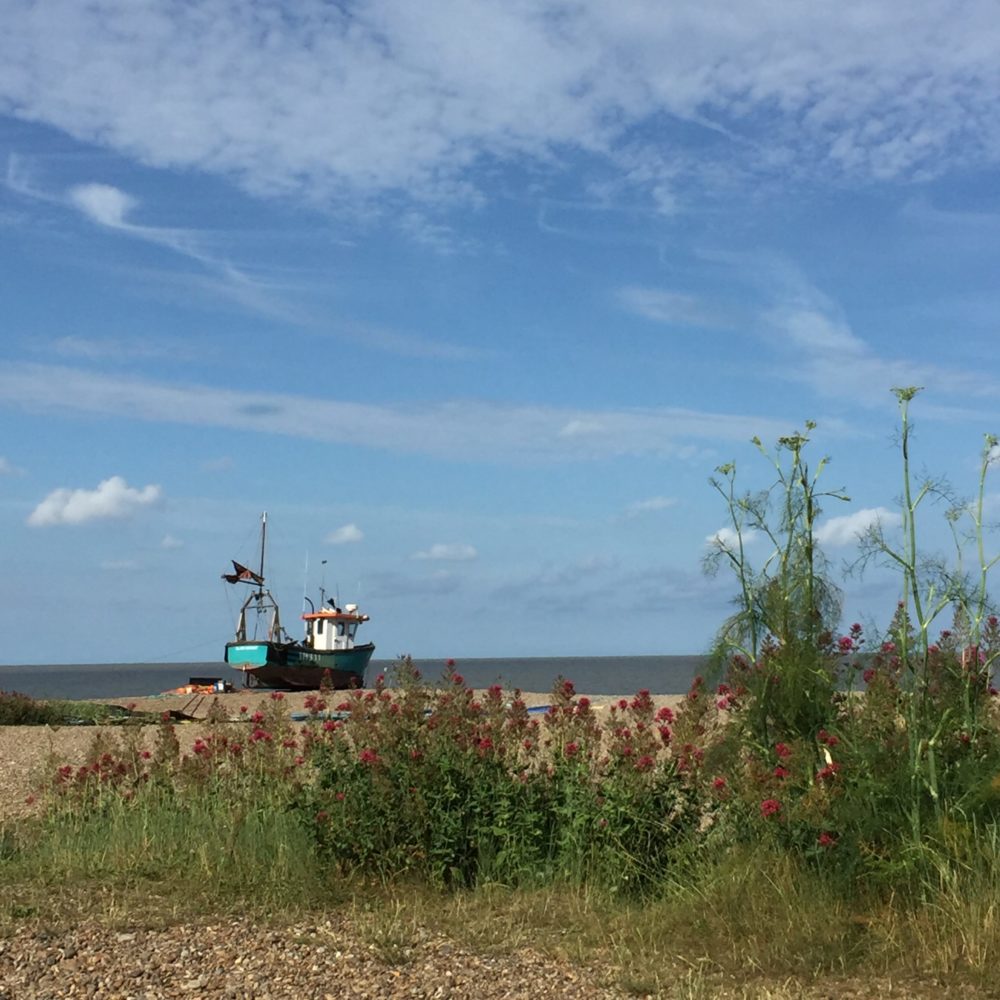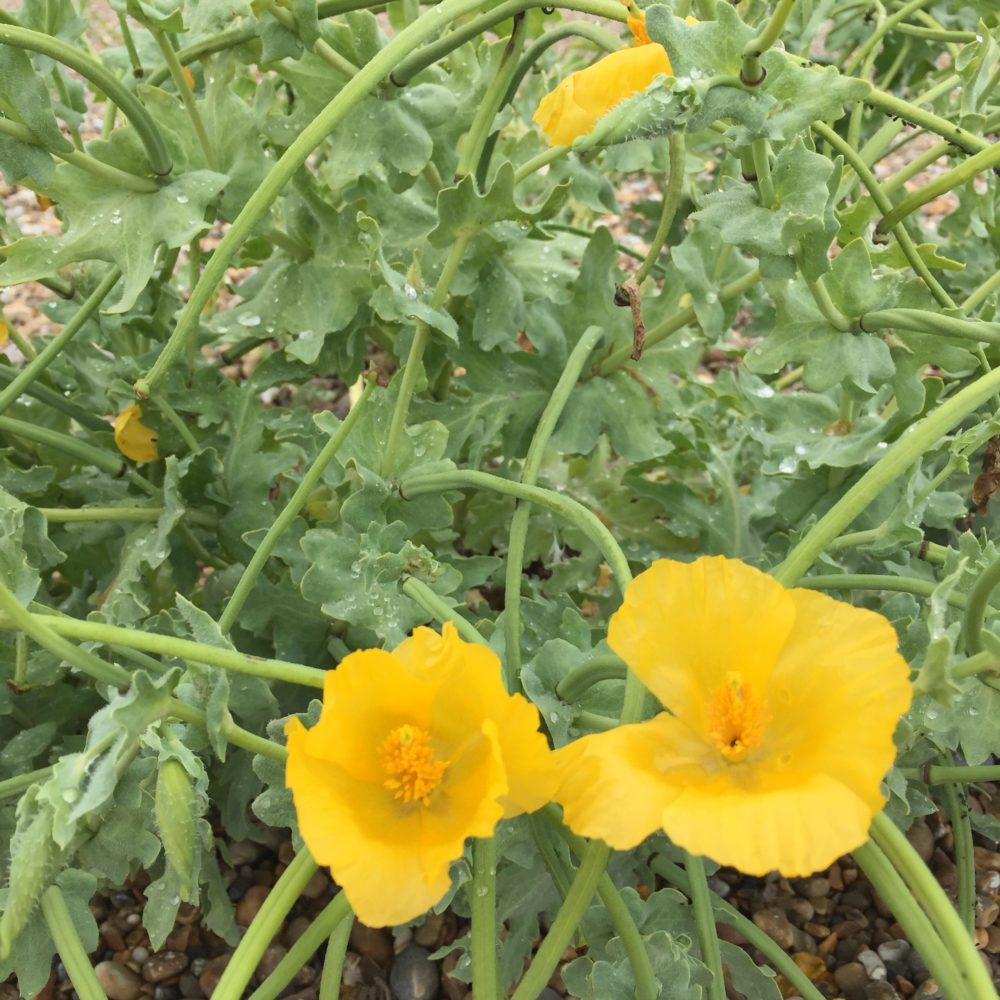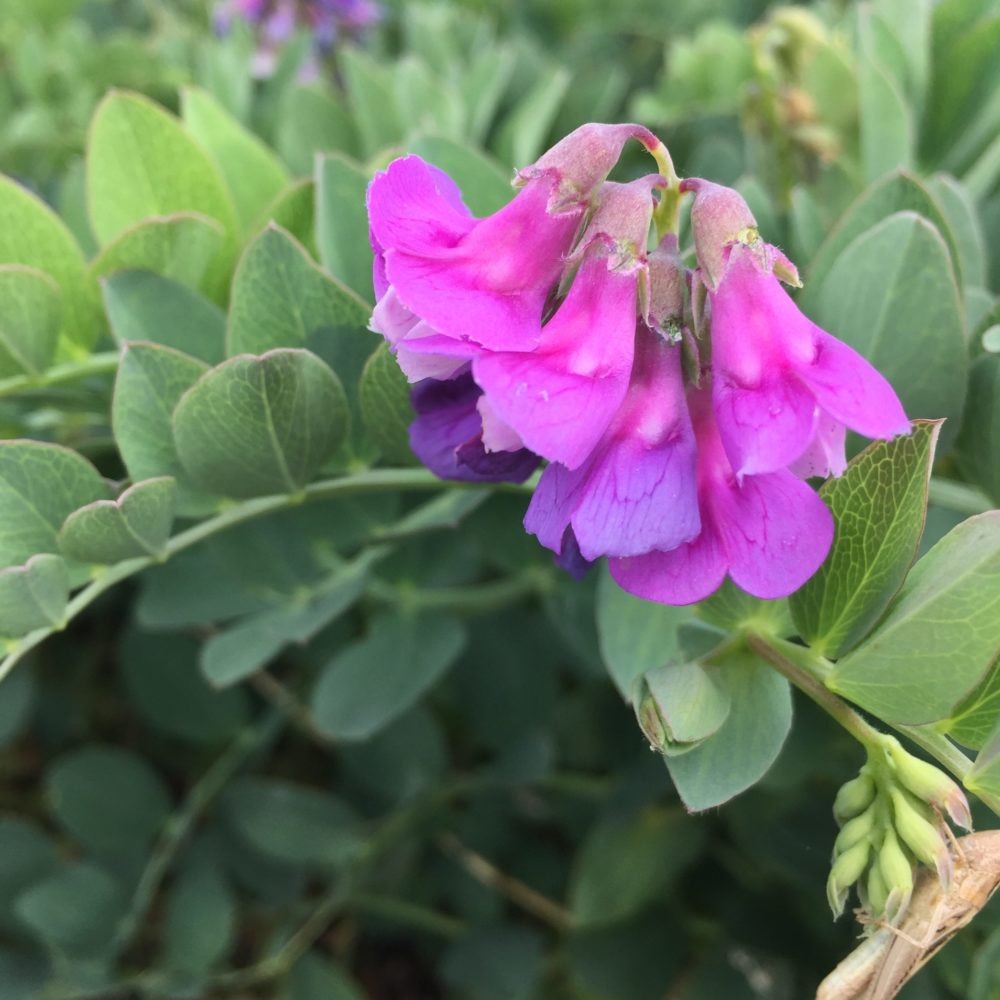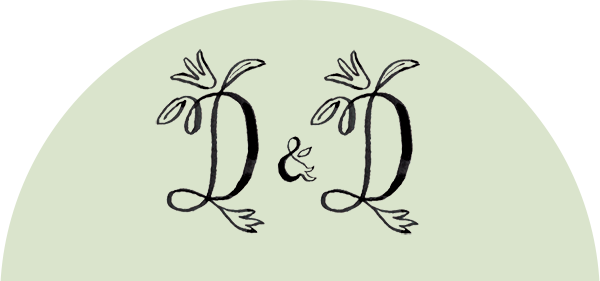Wreaths are one of my favourite things to make in floristry. They can be neat and formal, or, as I like mine, a bit wild and rustic with twiggy bits poking up above the foliage. They can be used for so many occasions: as a table centre for a wedding or a Christmas table, they can be hung on a front door at Christmas to welcome your visitors or they can be a beautiful floral tribute at a loved one’s funeral.

At its simplest a wreath can be a few willow or birch twigs twisted together and tied with raffia. A ring of evergreen foliages such as eucalyptus and fir with a hessian bow can be a beautiful decoration for a door. This one’s a circle of birch twigs with mistletoe sprigs attached.
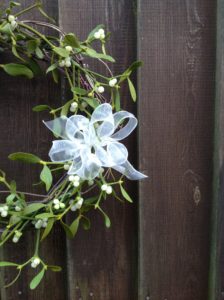
The most usual time to have a wreath on the door is Christmas. A glossy front door can look very stylish with a traditional wreath made of evergreen foliages, holly berries, cones, feathers, cinnamon sticks and fruit slices.

Wreaths are not just for Christmas! Easter or spring wreaths with spring flowers, bulbs and catkins are popular, as are autumn wreaths with red and gold leaves, nuts, twigs and berries. A lovely autumn walk in the country can yield many foraged materials for a glorious autumn wreath, like sweet chestnuts, rose hips and old man’s beard.
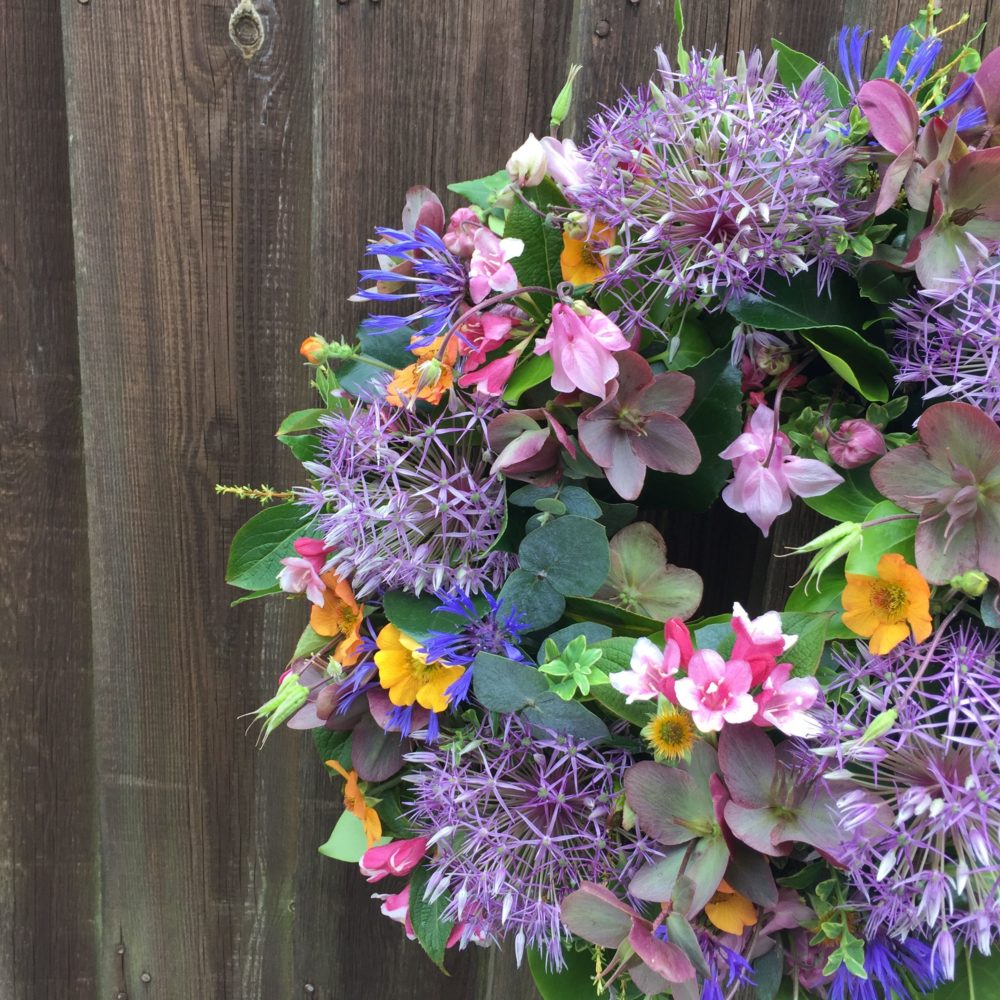
A wreath can also look lovely as a table decoration for a party or wedding, with a hurricane lantern and candle in the middle. Flower heavy with roses and hydrangeas and they can look very luxurious on tables at a wedding reception.
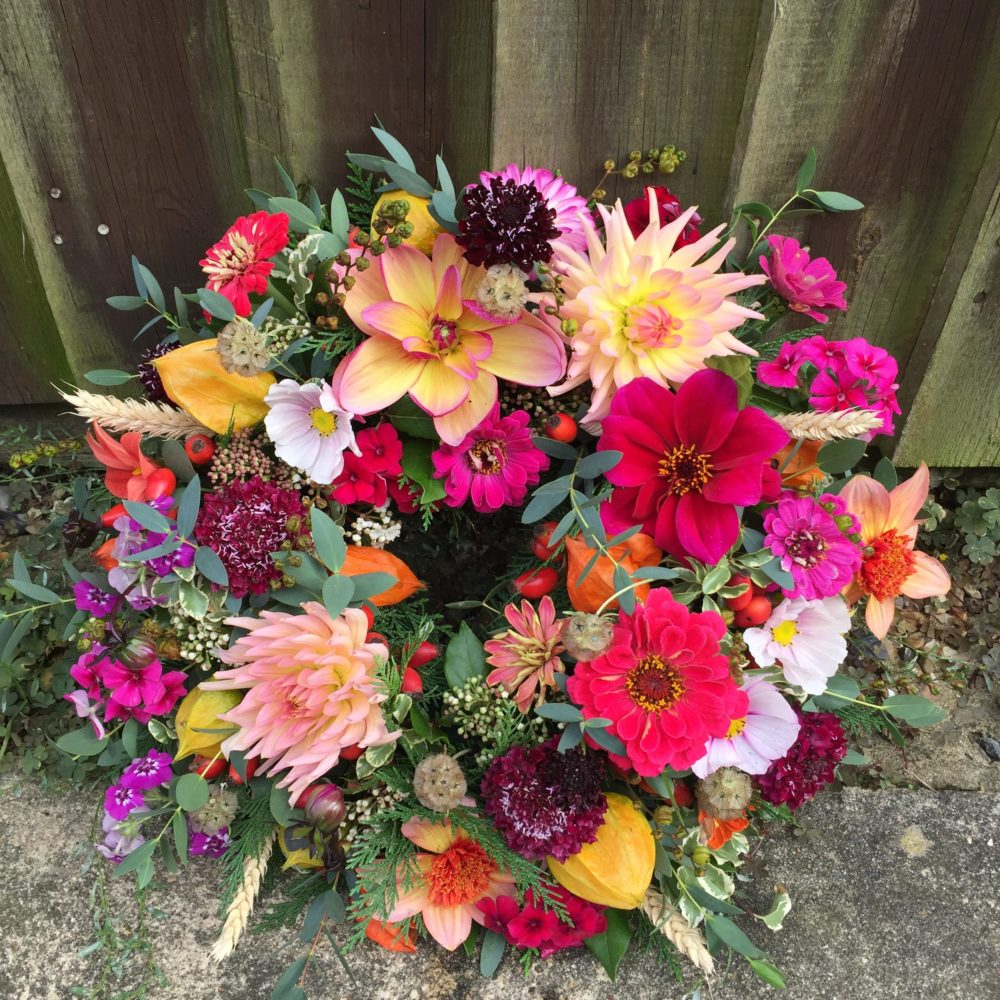
If a biodegradable wreath is required then wire frame is replaced by a ring of willow and covered with moss. These can be lovely for a funeral tribute at a woodland burial ground. The circle of the wreath represents the circle of life.

There are so many ways of decorating a wreath, you can really get creative and make something really seasonal and unique.
